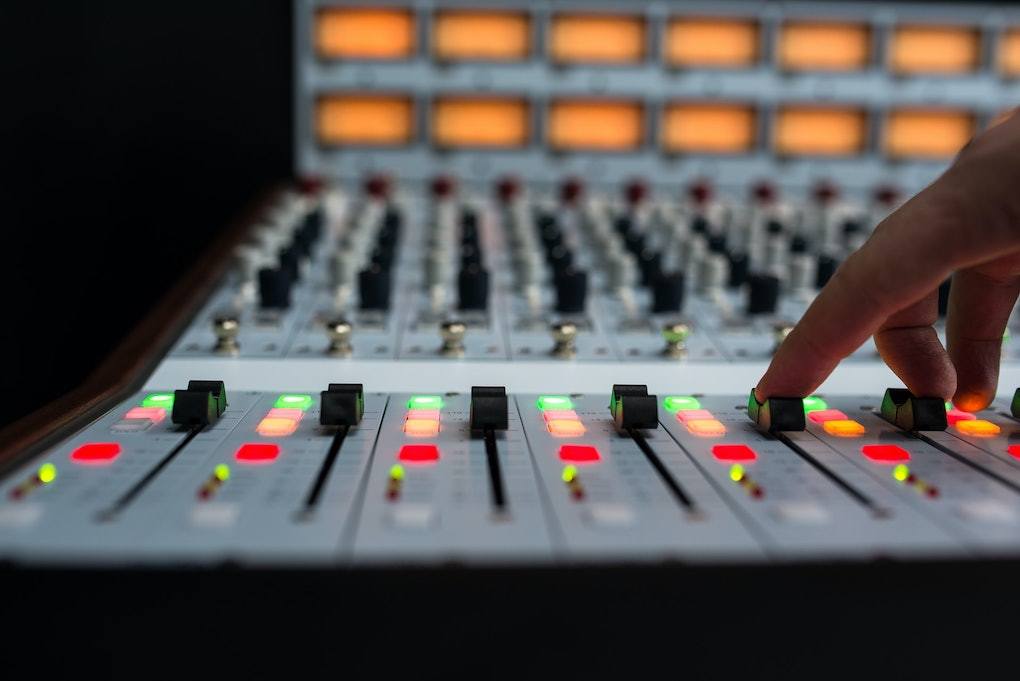- in Production by Bobby Owsinski
A Look At The History Of Console Automation

Automation is the process of recording parameter adjustments so that your DAW software can automatically execute them during playback. Before automation, any mixing moves during a complex song had to be made by a combination of the engineer, the assistant, the producer, the band members, and anyone else who had their hands near the console. While this might have been a very “organic” way of mixing, it was not repeatable in the slightest, so engineers everywhere longed for a way that at least their fader moves could be memorized and played back later.
The first primitive automation on consoles came during the 1970s and was known as VCA automation, which revolved around a component called a voltage-controlled amplifier. It used two tracks of the tape machine to store the automation data and any updates, and while it remembered your fader moves, the faders themselves didn’t actually move. This was obviously confusing and became really unwieldy as consoles became larger and larger, plus having these early VCAs in the signal path degraded the sound as well. The system also suffered from increased latency with each successive update.
Enter Moving Faders
The next generation of console automation system actually provided moving faders (the first one was introduced by Neve and called NECAM), which were extremely expensive, as was the corresponding computer that memorized their movements. Don’t forget, this was in the pioneering days of computer science, when even 500 kilobytes of RAM (yes, kilobytes, not the far larger gigabytes that we’re used to today) cost thousands of dollars.
Modern mixing has always been a dynamic operation where a long list of console parameters are set during a mix, so it’s important to remember exactly each parameter’s position setting in order to make a remix of a song easier at a later date.
The first generation of console automation to make that possible was SSL’s Total Recall in 1981, which took a snapshot of all the switches and parameter controls on the desk. The problem was that the reset had to be done manually, usually by an assistant, which could take two or three hours to complete on a console with 48 or more channels.
The Resettable World
For a brief period, resettable consoles became all the rage, where most of the console parameters would reset themselves automatically without the help of a human. Although this evolution came about in the analog days, it became much easier and cheaper to implement as digital came of age and is pretty much standard in most digital consoles today, even those costing as little as $1,000 or so.
But now we’re in the age of the DAW, where dynamic automation of virtually every parameter is the norm. This allows mixes to be more intricate than ever and take more time than ever as a result, but the pinpoint accuracy of every parameter movement during every millisecond of a mix is assured.
You can read more from The Mixing Engineer’s Handbook and my other books on the excerpt section of bobbyowsinski.com.

